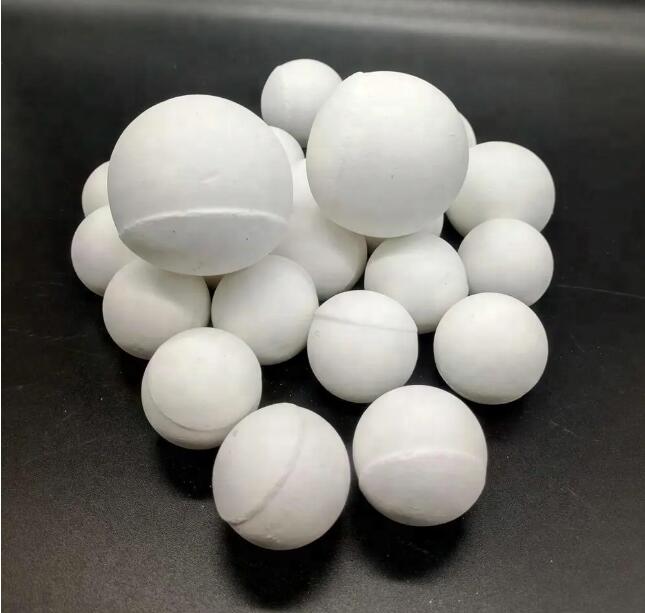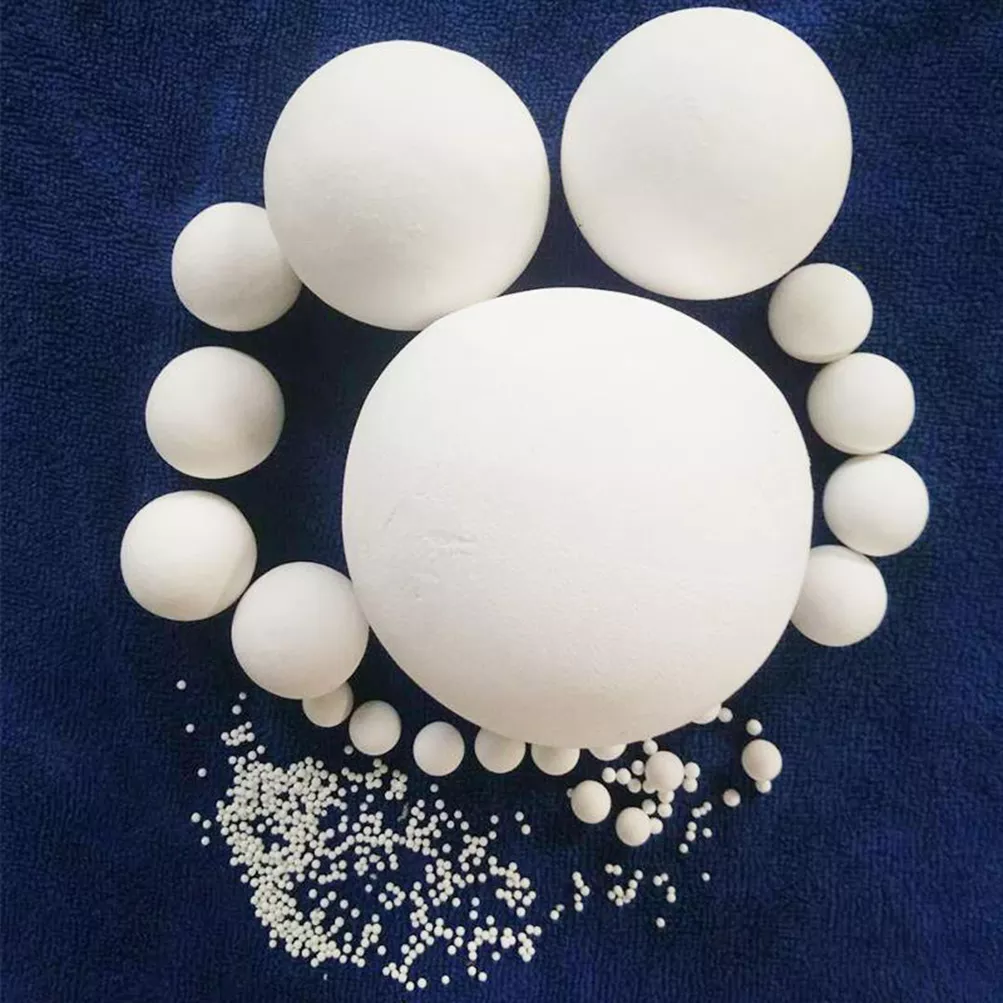When transitioning from steel balls to alumina balls in cement mills, it is crucial to ensure the process is seamless to avoid breakage. Alumina balls offer several advantages in cement grinding, including better efficiency and reduced wear. However, because they are more brittle than steel balls, taking specific precautions during replacement can prevent damage and extend the lifespan of these ceramic balls. Below are key measures to follow to minimize breakage and optimize performance when making this transition.

1. Use High-Quality Alumina Balls
One of the most critical factors in preventing breakage is using premium-grade alumina balls. These ceramic balls should have a high alumina content—typically around 92% or higher. High-quality alumina balls exhibit uniform density and strong fracture resistance, making them more capable of withstanding the intense grinding forces found in cement mills. Inferior quality balls with inconsistent density or lower toughness are more prone to break under pressure.
Key Characteristics of High-Quality Alumina Balls:
2. Optimize Mill Design and Operation Parameters
Because ceramic alumina balls are more brittle than steel balls, certain modifications to the cement mill’s design and operation are necessary to minimize breakage risks.
a. Mill Speed Adjustment
Adjusting the mill’s rotational speed can have a significant impact on the alumina balls' durability. If the mill operates at too high a speed, the impact forces on the ceramic balls will increase, leading to a higher likelihood of breakage. Reducing the speed helps reduce these forces, enhancing the performance of the alumina balls.
b. Liner Modification
The standard steel liners used in cement mills are designed to withstand the heavy impact of steel balls. To better accommodate alumina balls, it’s recommended to replace these steel liners with ceramic or rubber liners. Ceramic liners, in particular, can absorb more of the energy generated during grinding, thus reducing the impact stress on the alumina balls. This adjustment helps extend the life of the ceramic balls and improves mill efficiency.
3. Proper Ball Size Selection
Selecting the correct size of the alumina balls is crucial for minimizing breakage. Ceramic balls are typically more efficient for fine grinding than steel balls. Opting for smaller-sized alumina balls can reduce the impact force within the mill, which in turn reduces the risk of damage.

Benefits of Smaller Ball Sizes:
Enhanced grinding efficiency
Reduced impact stress on alumina balls
Lower energy consumption during grinding
By choosing the right ball size, operators can ensure that the ceramic media performs optimally while reducing wear and tear.
4. Gradual Transition to Ceramic Balls
Rather than switching all steel balls to alumina balls at once, a phased replacement approach can help avoid a sudden increase in stress on the ceramic balls. This step-by-step process allows for a smoother adjustment of mill parameters and helps operators monitor the behavior of the new ceramic media.
Advantages of Phased Replacement:
Reduced stress on the ceramic balls
Better opportunity to fine-tune operational settings
Enhanced control over the transition process
This gradual transition method also allows time to make necessary adjustments to the mill's speed and other operational parameters without risking premature ball failure.
5. Adjust the Feed Material
The feed material that enters the cement mill plays a critical role in the performance and longevity of alumina balls. Large or irregularly sized feed particles can cause higher stress on the ceramic balls, increasing the chances of breakage.
a. Optimize Feed Particle Size
Ensuring that the material being fed into the mill is well-sorted and of the appropriate size can significantly reduce the strain on the grinding media. Pre-grinding processes may be implemented to reduce the size of the feed material before it enters the cement mill, thereby minimizing the risk of ball breakage.
b. Consistency of Feed Material
The feed material should be homogeneous and free of large, hard particles that could damage the ceramic balls. By maintaining consistency in the feed material, operators can reduce wear and improve the lifespan of alumina grinding media.
6. Regular Maintenance and Monitoring
Ongoing maintenance and monitoring of the mill and its components are essential for preventing breakage and ensuring smooth operation. Regular inspections help identify any signs of wear or cracks in the alumina balls early on, allowing for timely adjustments to mill parameters or replacement of worn components.
Key Maintenance Tips:
Regularly inspect the condition of the mill and liners
Monitor the wear rate of alumina balls
Adjust operational parameters based on wear data
By staying proactive with maintenance, operators can ensure that the transition from steel to ceramic media is successful and sustainable over the long term.
Conclusion: Ensuring a Smooth Transition to Alumina Balls
Replacing steel balls with high-quality alumina balls in cement mills offers a range of benefits, from improved grinding efficiency to reduced wear and tear. However, the brittle nature of alumina balls requires certain adjustments to the mill design, operation, and maintenance. By focusing on factors such as ball quality, mill speed, liner modifications, and gradual transition, operators can significantly reduce the risk of breakage. Additionally, careful feed material preparation and consistent maintenance are key to prolonging the life of the ceramic grinding media and optimizing the overall milling process.



